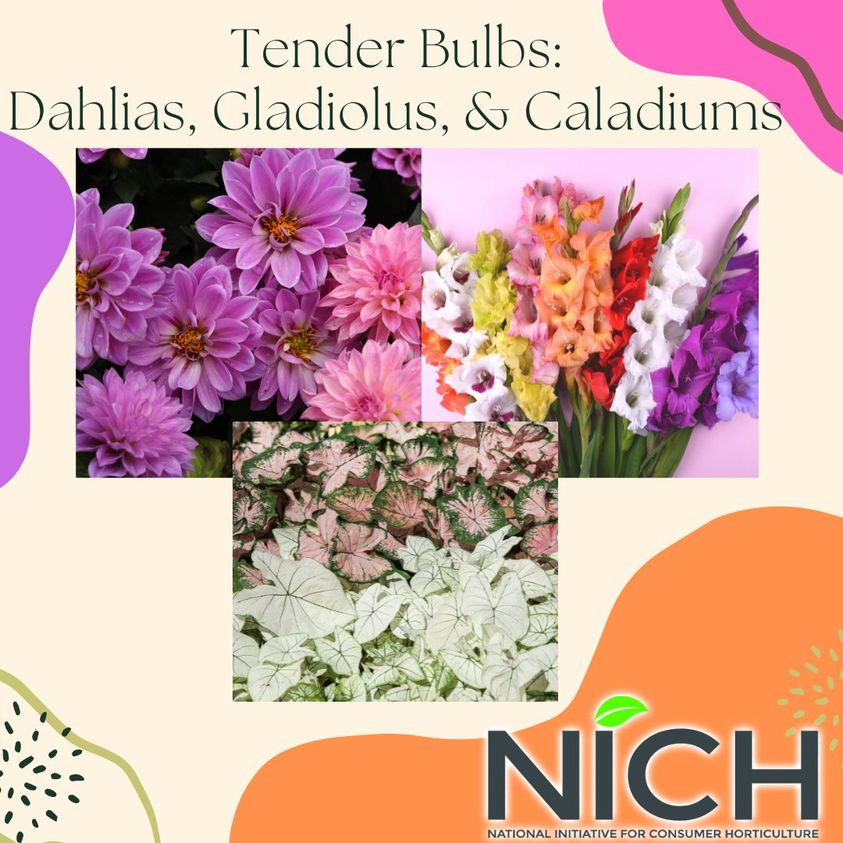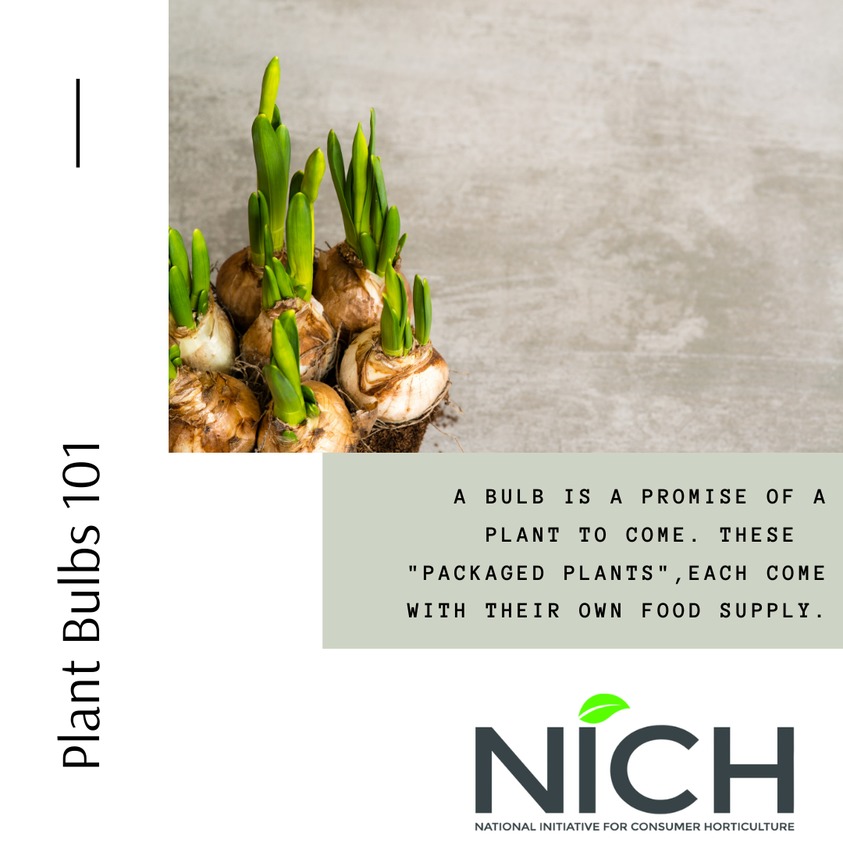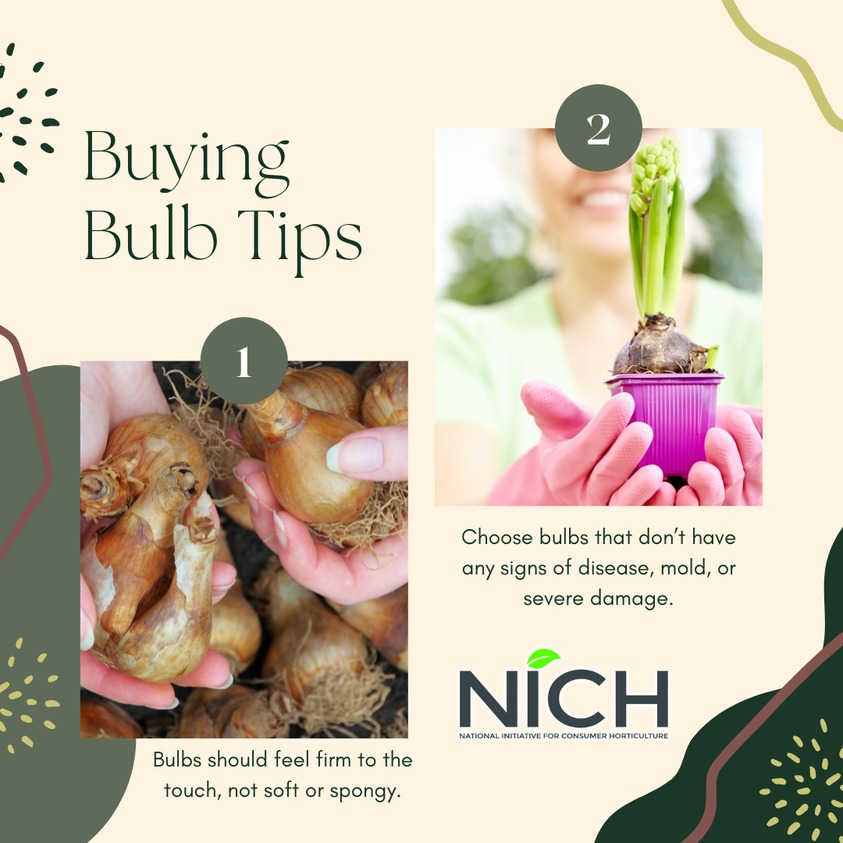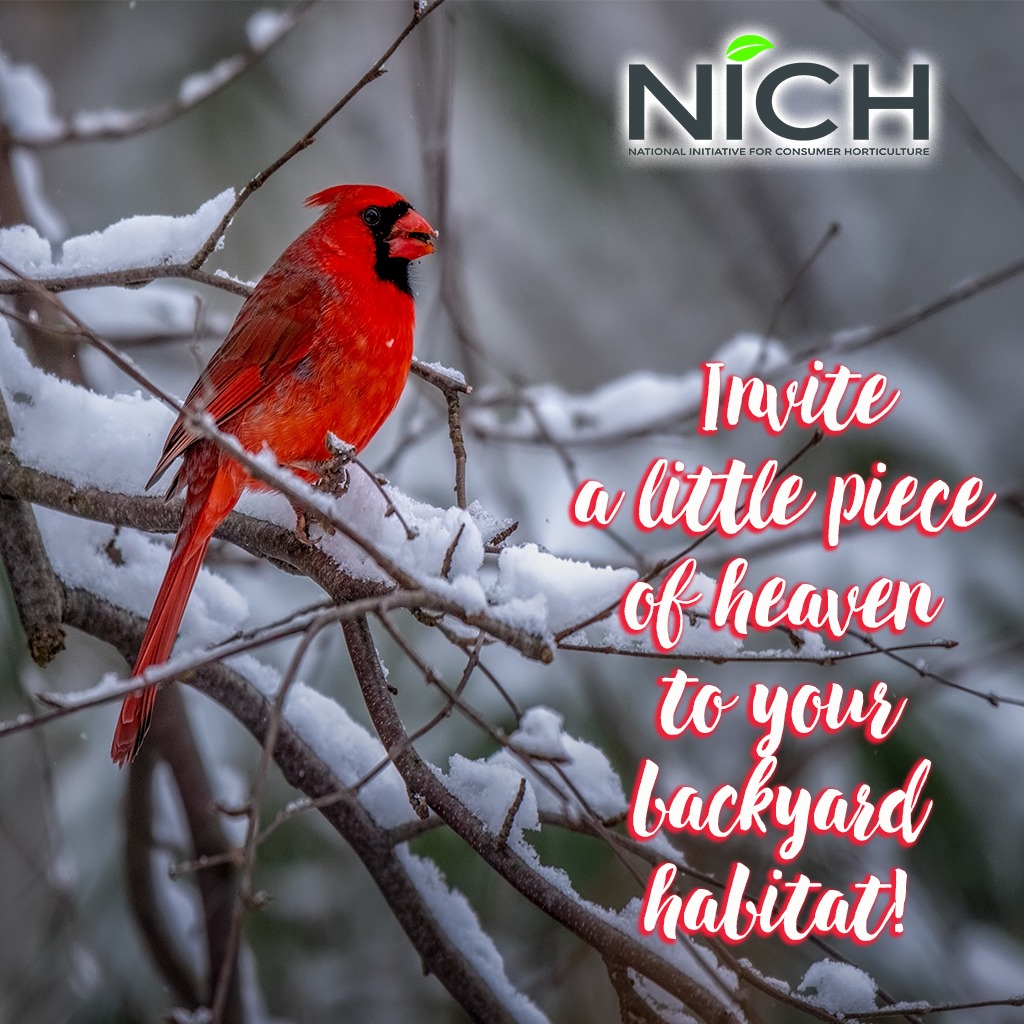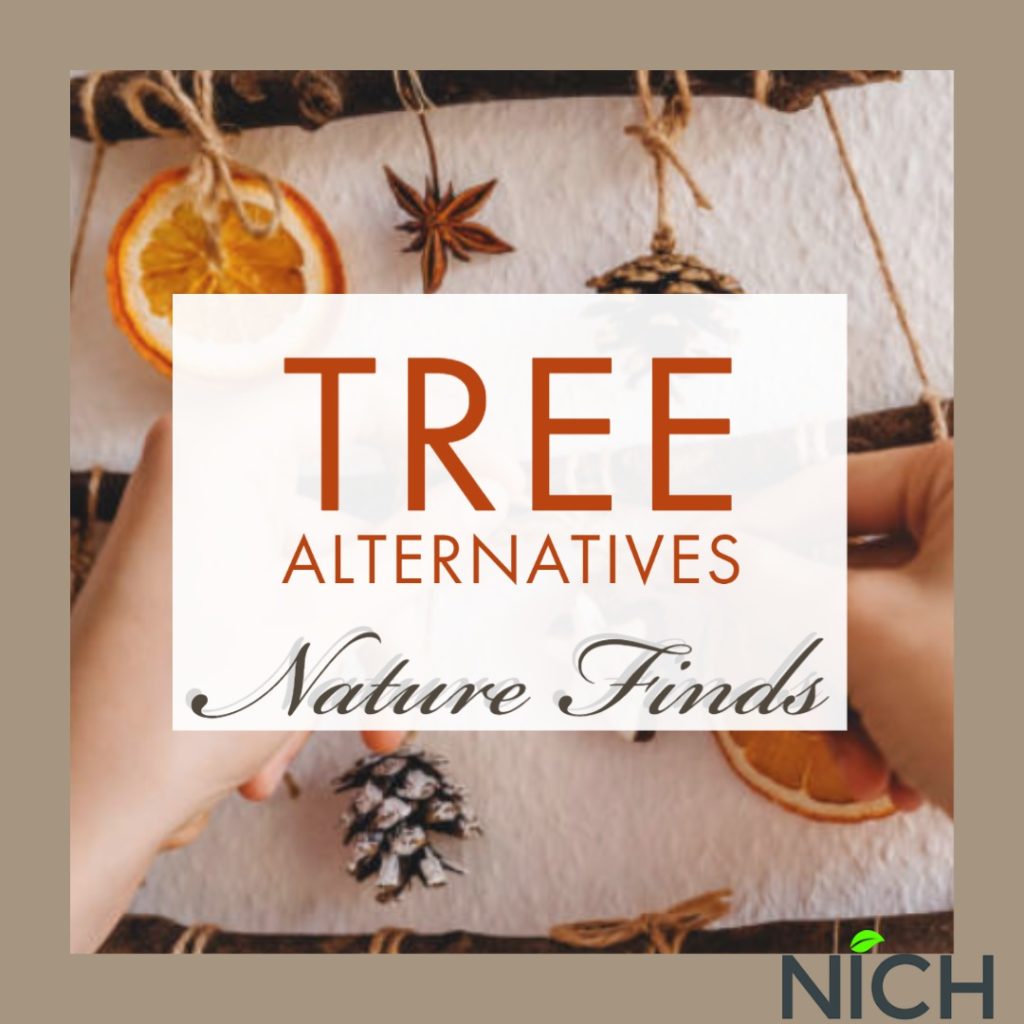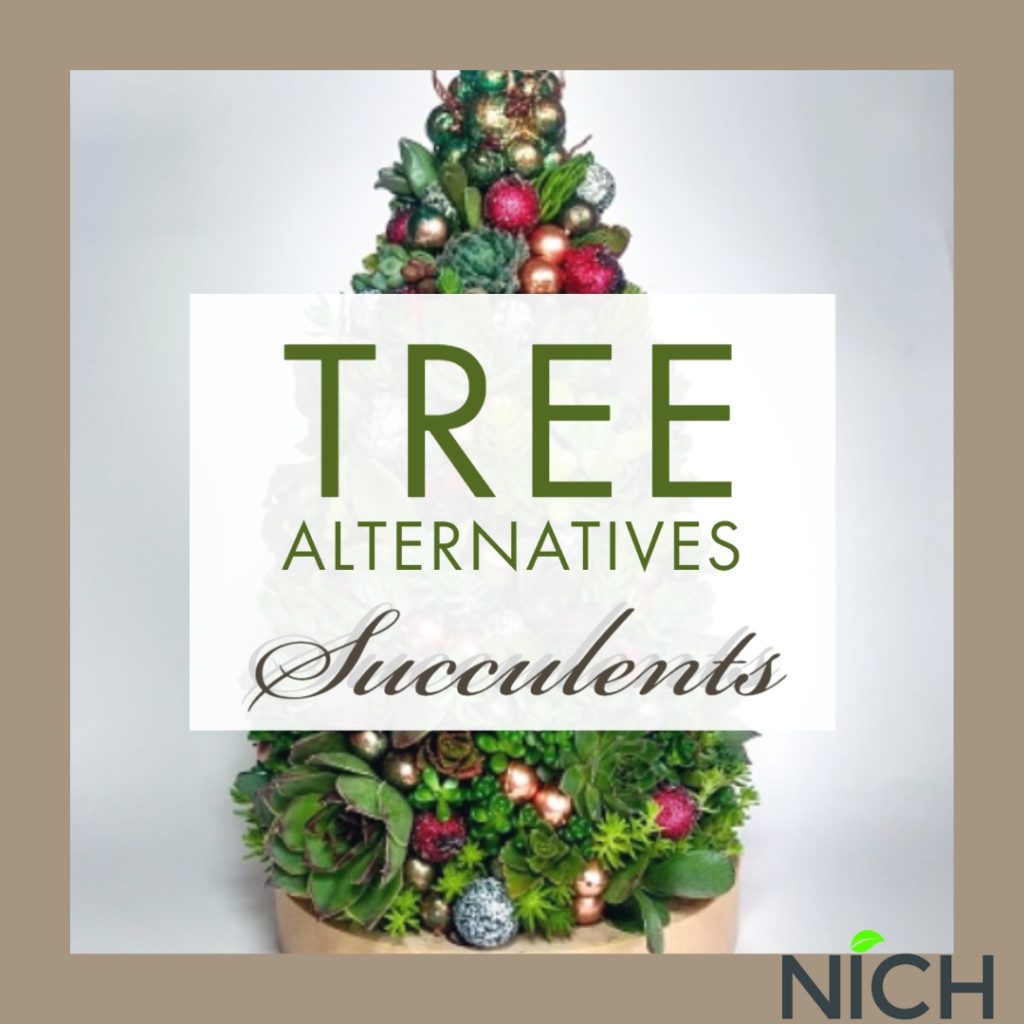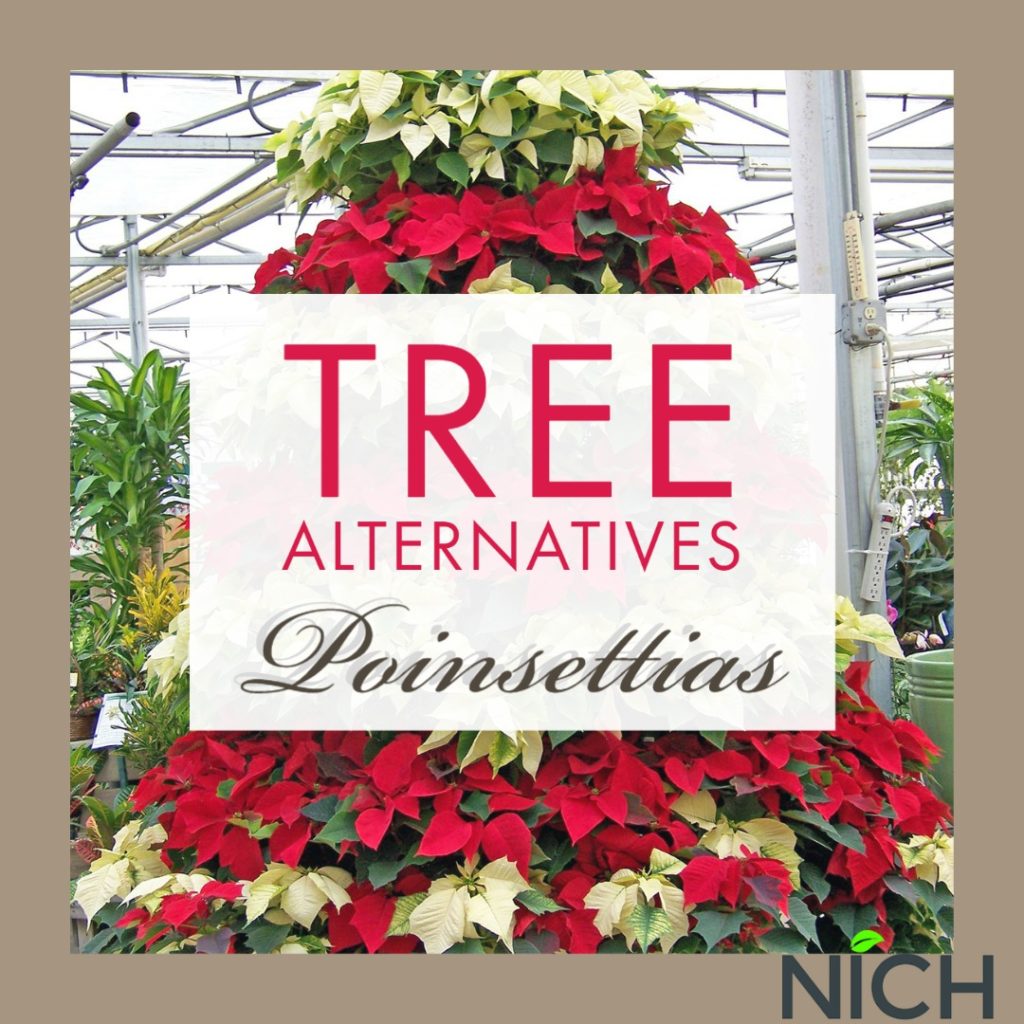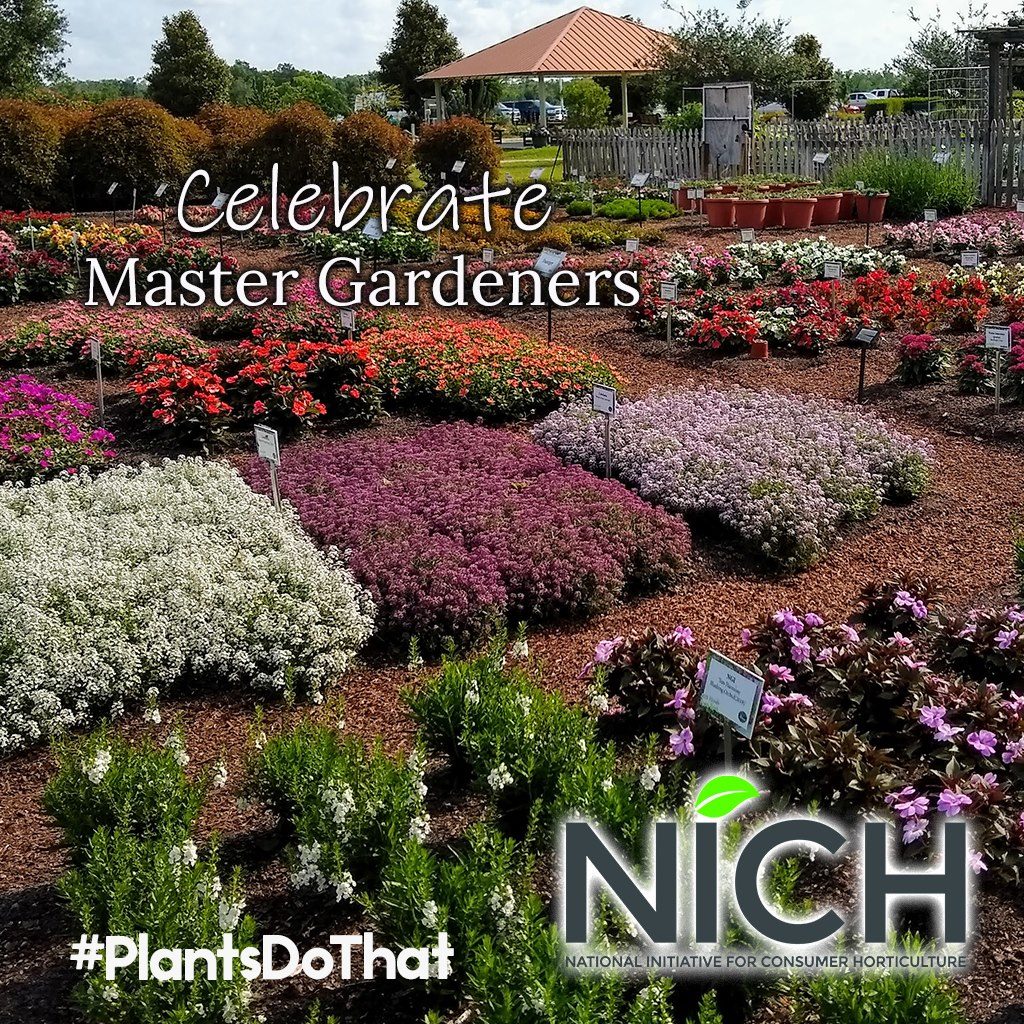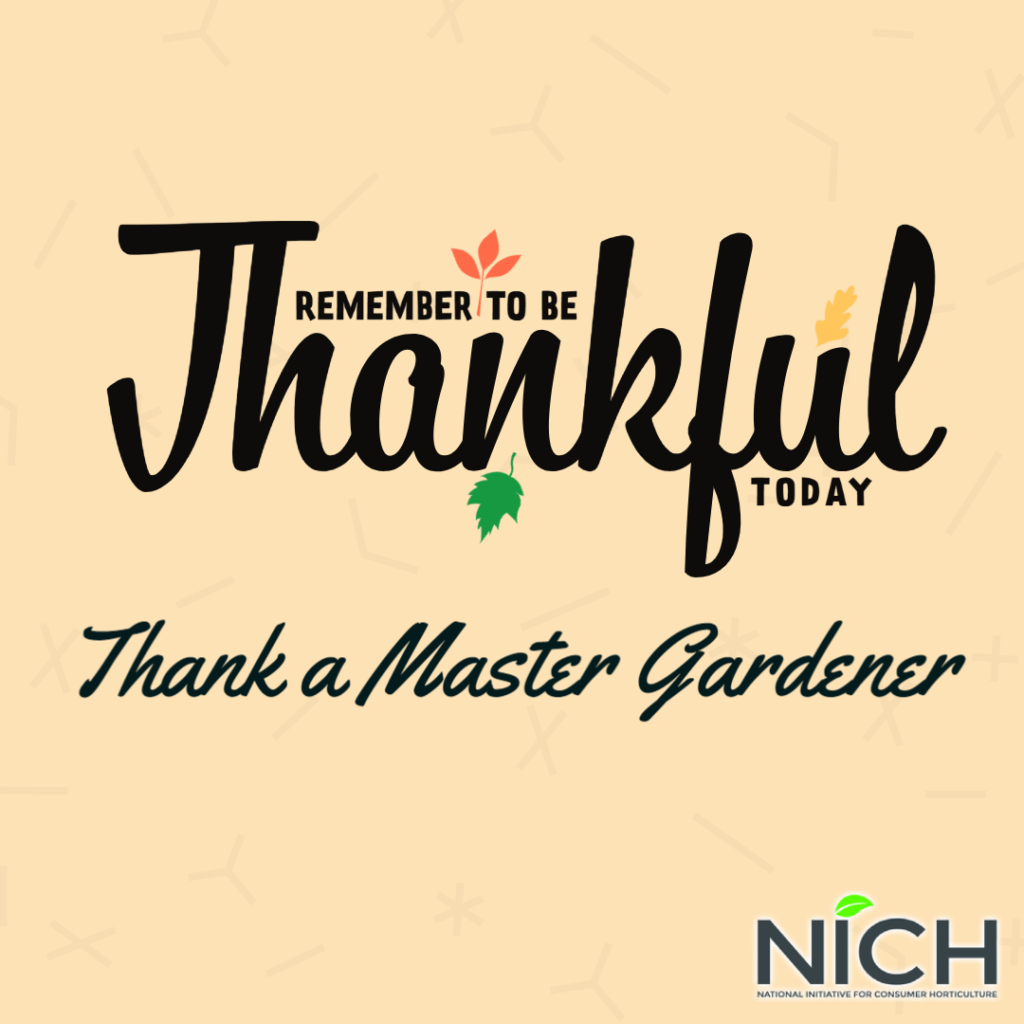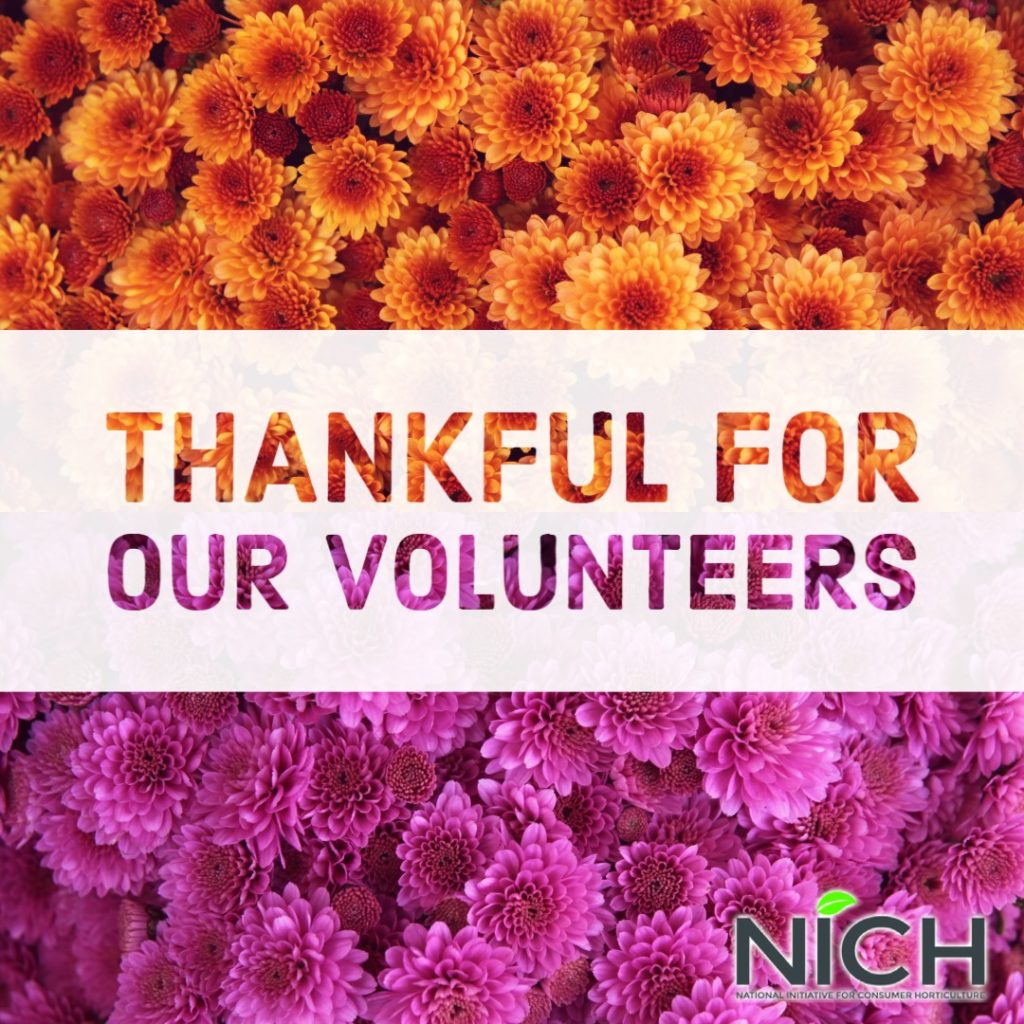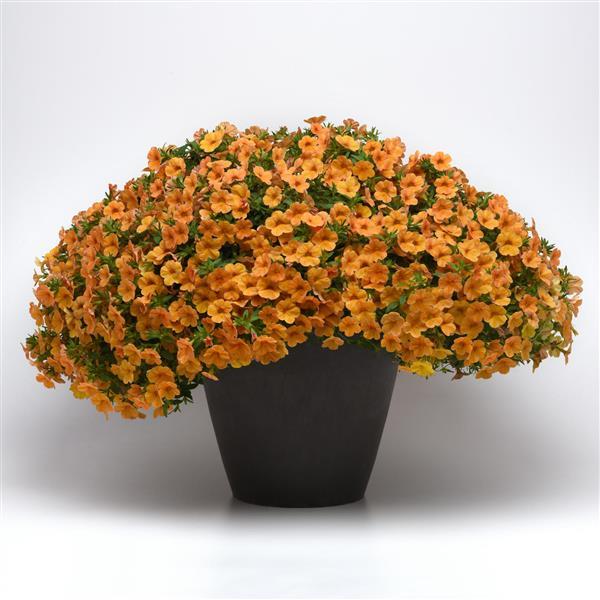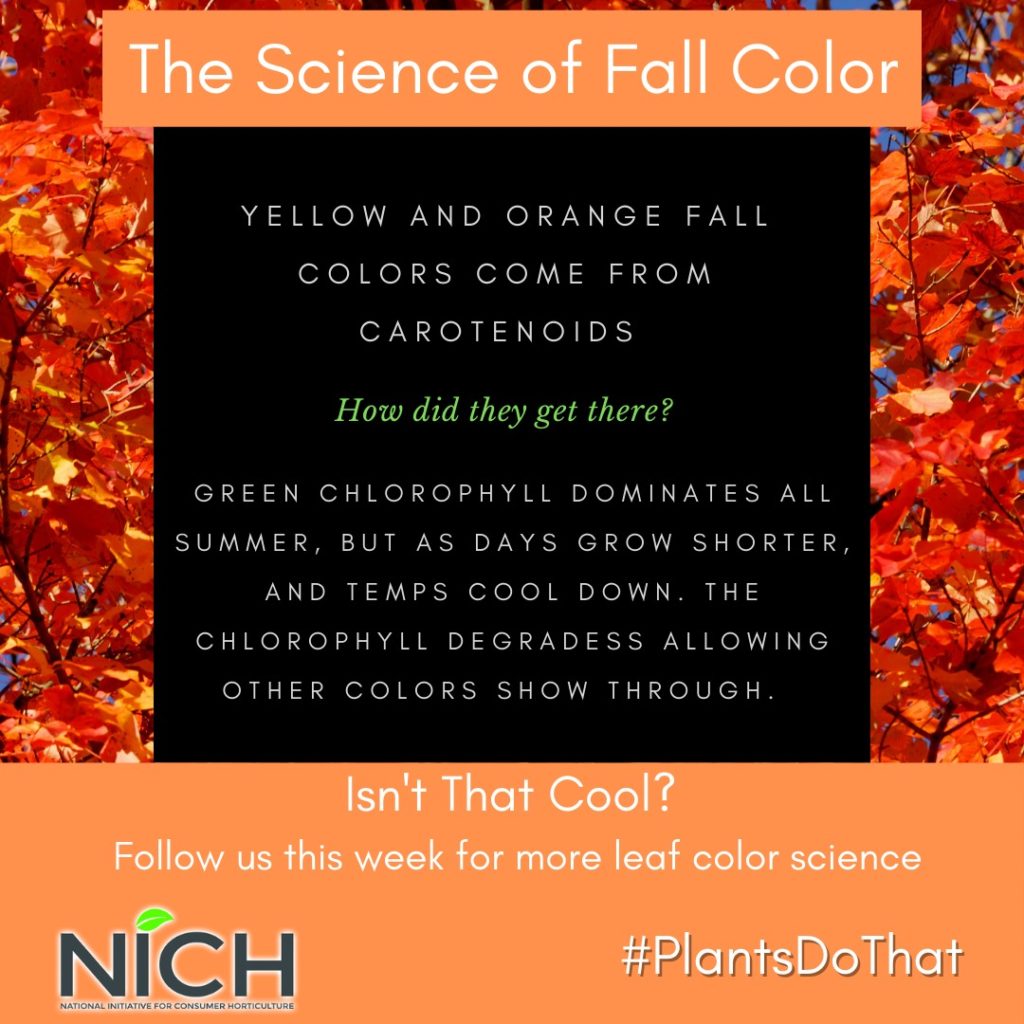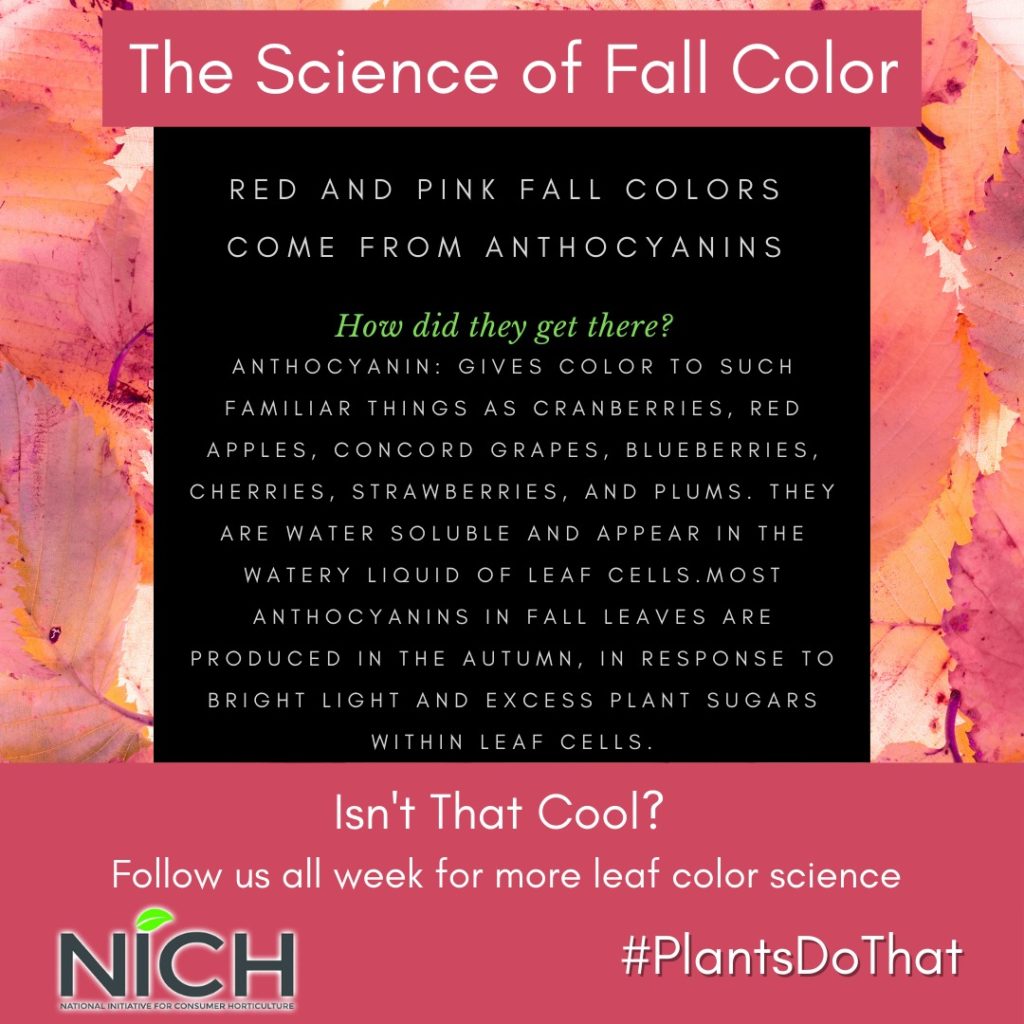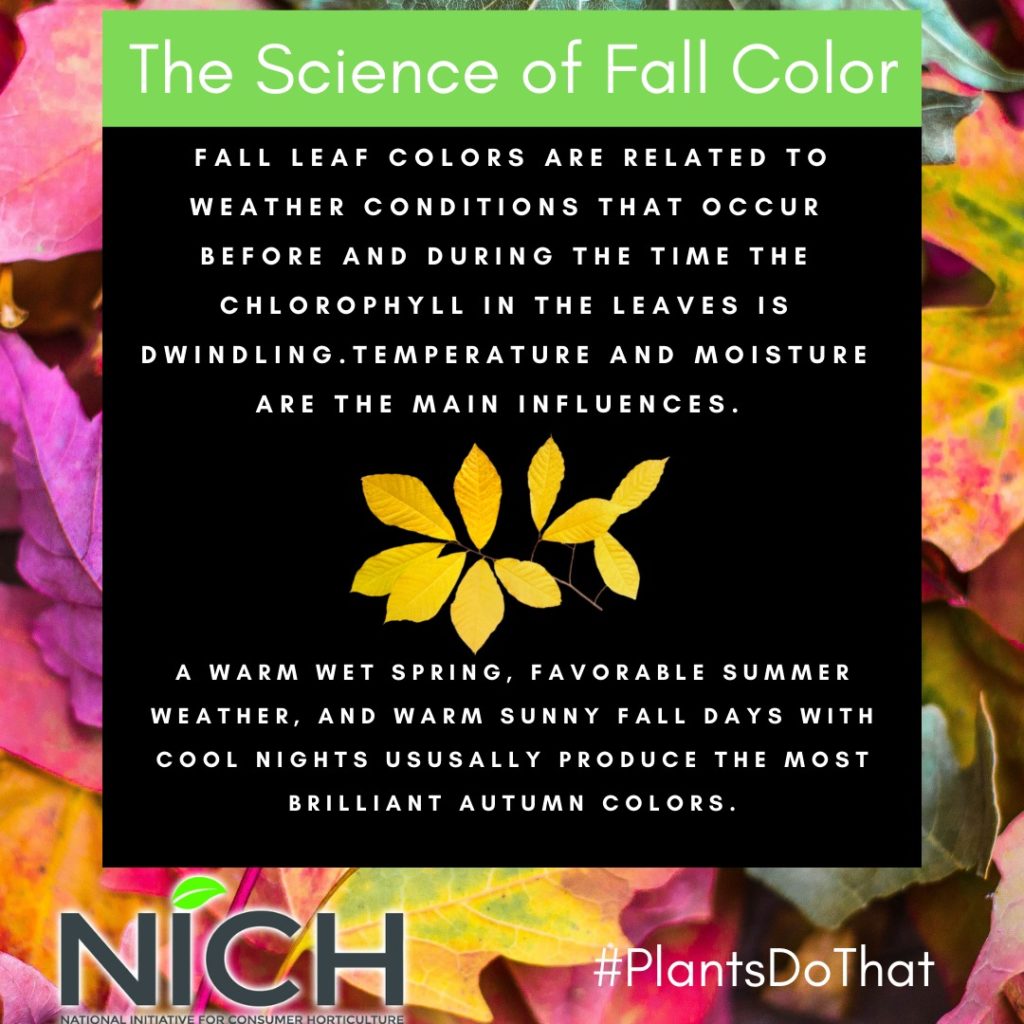Summer bulbs, which are planted in the spring after danger of frost, extend the garden’s blooming season well into summer until frost. Their glorious and often fragrant flowers and plants continue to provide nutrients and shelter for our treasured pollinators.
Most bulbs planted in the fall that bloom in the spring are true bulbs and are planted ‘pointy-end-up’. Many summer bulbs are corms, rhizomes, tubers, or tuberous roots. Depending on your soil type, the timing of your rainy season, your winter hardiness zone and whether you have shade or sun, many summer bulbs are often more perennial than you might expect. Even if they aren’t winter hardy for your plant zone, most are very happy growing in large containers outside until frost is expected. Then that container and plant can be stored in the basement or some area that doesn’t freeze during the winter and can be brought back out next summer. In our trials, we have found that most geophytes prefer extremely good drainage while they are dormant, which helps to increase their winter hardiness. They like to ‘sleep in a dry bed’ just like we do.
Many areas in the U.S. have almost tropical heat and humidity during the summer months, in which summer bulbs thrive. The fabulous fragrance of lilies and Polianthes, huge tropical leaves of Colocasia and a kaleidoscope of colors of dahlias, gladiolus and caladiums planted outside your backdoor, will make you feel like you ARE in the tropics. With a sprinkler added to the end of a water hose creating a ‘run-through-fountain’ – you and your children can enjoy a ‘stay-cation’ and have a fabulous, bonding time right in your own backyard without spending a fortune on fuel! Give them a try!
Becky Heath is co-owner and President/CEO of ‘Brent and Becky’s Bulbs’, located in Gloucester, Virginia. She’s a gardener, teacher, an author, and a Past-President of GardenComm: Garden Communicators International.
The National Initiative for Consumer Horticulture (NICH) is a consortium of industry leaders who are promoting the benefits and value of horticulture. NICH brings together academia, government, industry, and nonprofits to cultivate the growth and development of a healthy world through landscapes, gardens and plants — indoors and out.
Please feel free to share or adapt this article in your newsletter or other customer communications.
